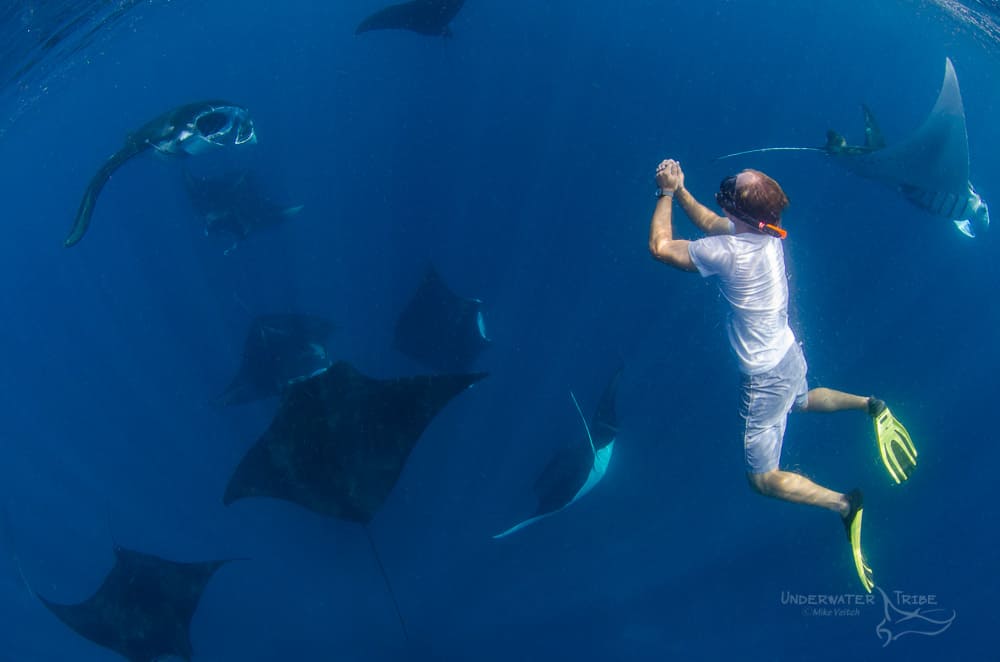

View on the motu and the abandoned building of the old pearl farm. Snorkel with or view from the canoe Hawaiis beautiful Manta Rays Our double hull canoes let you either. Its a short trip of 3 to 5 hours visiting three. Manta Ray Snorkeling in Kona, Big Island Hawaii. In the case of wind or swell, the underwater visibility can become average on this spot. Snorkeling with Manta rays - This package is suitable for people who are already in Nusa Lembongan. So you’ve got some questions about the experience, here’s everything you need to know about manta ray snorkeling in Kona. But there are a few unique aspects of this activity- you’ll be swimming with the fifth largest fish species in the world, in the middle of the ocean, at night. Wrasse, goatfish, butterflyfish, and surgeonfish are easy to see on the reef, as are blacktip reef sharks, which come and go peacefully in the whole area. One of the most incredible things you can do in Kona on the Big Island is snorkeling with manta rays. On the drop-offs, hundreds of damselfish and sergeant swim around the hard corals. Blacktip shark is fairly common at the Pearl Farm, both on the flats and in the deeper areas.Īround the station, you can explore two shallow coral reefs (↕3-6ft/1-2m). Tours that take place in the morning seem to present the best chance of seeing them.

Manta rays seem to be rarer than before at this spot, and it is not guaranteed that you’ll spot them the day of your visit. We usually see them at the foot of the reef (↕18-30ft/6-10m), on sandy beds dotted with a few coral bommies. They regularly come to this place (called a “cleaning station”) to be cleaned by small wrasses, which rid them of the parasites they have on the skin. The Manta Ray Night Snorkel is open to anyone with a spirit of adventure, who can swim, and is comfortable in the ocean. We mainly come to the Pearl Farm to see manta rays. Manta season: May through October, depending on monsoons.Snorkeling with manta rays at the Pearl Farm

“The lagoon is one of the few places where snorkelers can see big aggregations of mantas. “I was moved to tears the first time I saw it,” Marshall says. One of the first nations in the world to protect mantas, the island republic of Maldives is swarmed every year in monsoon season by hundreds of the giant rays, which swim into Hanifaru lagoon to feed on plankton.
#SNORKELING WITH MANTA RAYS FULL#
Manta season: Year-round in Komodo and Bali December through April in Raja Ampat. You can swim with manta rays year round on the Ningaloo Reef from Coral Bay, in the Ningaloo region of Western Australias Coral Coast, with dedicated full day. Giant oceanic manta rays migrate vast distances (over 1000km) while smaller reef manta rays have shorter migrations (around 100-250km) because they like to stay in shallower water where. Her Nusa Penida tip: Dive at Manta Point, where mantas are “cleaned” by wrasse fish. Mantas are the world’s largest rays and generally consist of two species: giant oceanic manta rays (Manta birostris) and reef manta rays (Manta alfredi). The country went from being one of the biggest fisheries to a protector of mantas. If you go on a snorkeling tour you will stay near the water surface, probably holding on to a flotation device that also has lights attached to it to attract plankton and thus the manta rays. “ Indonesia is accessible to everyone,” Marshall says, with budget and high-end options. Barefoot Manta Island Resort Fiji offers a Snorkelling with Fiji Manta Rays Experience when the Fiji Manta Rays swim in the channel. The biggest difference between the night dive and the night snorkel is your (vertical) location. Marshall describes this nation as a “manta pub crawl for the sheer variety of places to spot rays, from the flourishing reefs around Raja Ampat to the island of Komodo, known for its “dragon” lizards, to tiny Nusa Penida, off Bali. During the southwest monsoon season both mantas and enormous schools of baitfish feed on the microscopic riches upwelled by the trade winds that blow across the Indian Ocean every year.


 0 kommentar(er)
0 kommentar(er)
